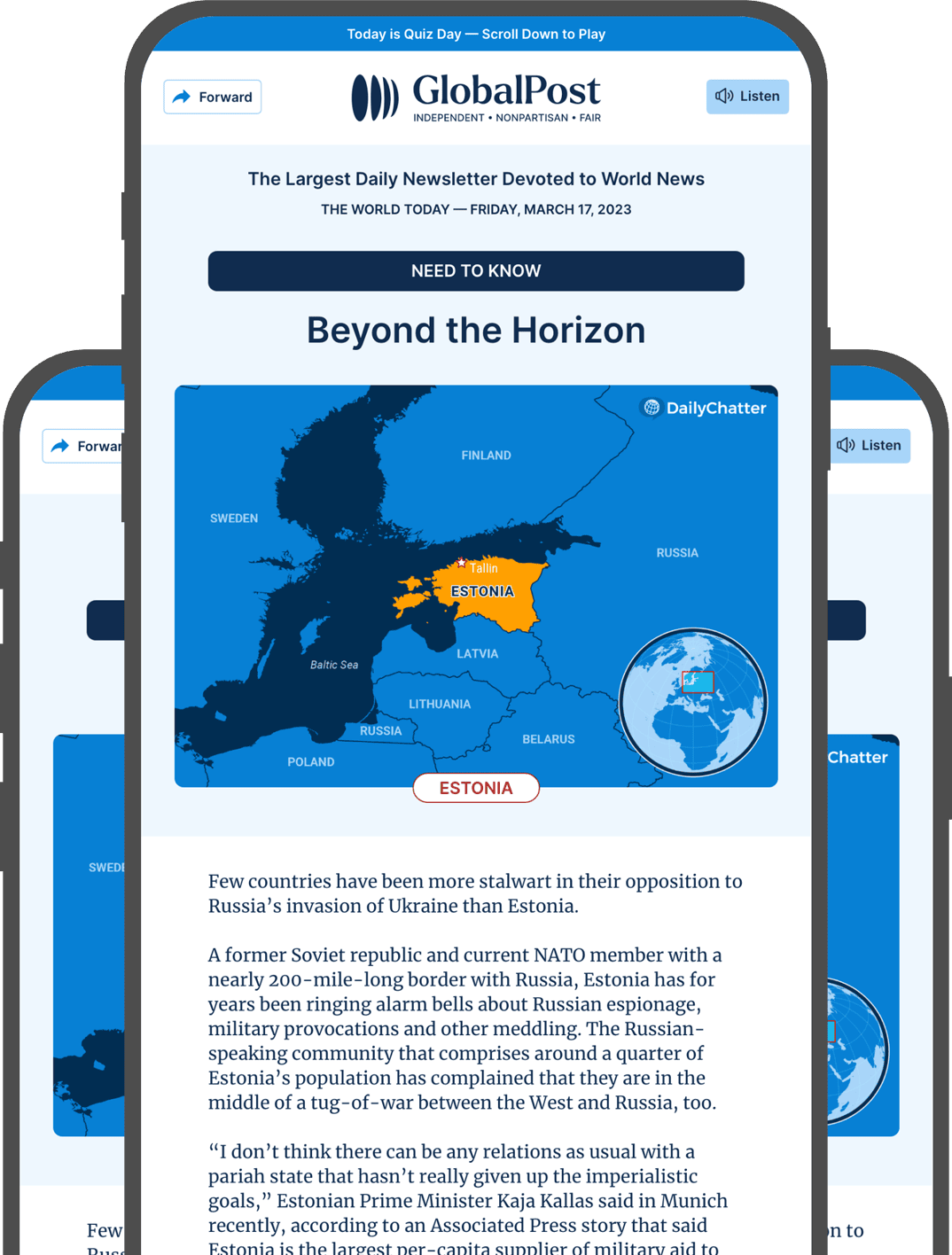Fasting, Feasting
Humpback whales (Megaptera novaeangliae) are nature’s giants.
And every year, they go through a brutal crash diet during their annual migration, losing about 36 percent of their body mass in less than two months.
That’s according to a new study, which used drones to follow 103 humpback whales across the southern hemisphere to analyze the energy use of these creatures during their migration.
Researchers monitored the animals from the cold, krill-rich water of their feeding grounds of the Western Antarctic Peninsula to the warmer temperatures of their breeding site off the coast of Colombia, according to New Atlas.
“We found the whales were at their fattest in early fall – March-May – and slimmest by late spring – August-December – showing a dramatic seasonal change in body condition,” lead author Alexandre Bernier-Graveline said in a statement.
Throughout the 5,000-mile one-way journey, they shed more than 24,000 pounds of blubber –the weight of two adult African elephants – and without stopping for a single snack. To fuel the swim, they rely on energy equivalent to about 125,000 pounds of krill – roughly 28.5 million individual crustaceans for each whale.
What makes this process all the more special is that they are able to avoid the tissue breakdown typical of starvation in other species. Instead, they remain healthy enough so that the females can birth calves by the time they reach their destination.
Bernier-Graveline estimates that the energy humpback whales burn on their six-to-eight-week journey corresponds to the amount of calories an average human burns in 62 years.
Unlike humans, whales can more easily use their fat as a fuel source than humans can. Because of this, their prolonged fasting doesn’t harm their overall health or damage their organs.
Researchers say this underscores how important it is to protect the areas where the whales feed on krill to fuel their migrations, which are threatened by climate change and overfishing in Antarctica.
As the Antarctic sea-ice ecosystem undergoes rapid changes, understanding the energy needs of migrating whales allows scientists to better evaluate how factors like krill availability and climate change might affect whale populations.
“Our study quantifies the whales’ extreme ‘feast and fast’ lifestyle, and the critical role of Antarctic krill in their survival and migratory life-history strategy.”
Subscribe today and GlobalPost will be in your inbox the next weekday morning
Join us today and pay only $46 for an annual subscription, or less than $4 a month for our unique insights into crucial developments on the world stage. It’s by far the best investment you can make to expand your knowledge of the world.
And you get a free two-week trial with no obligation to continue.
